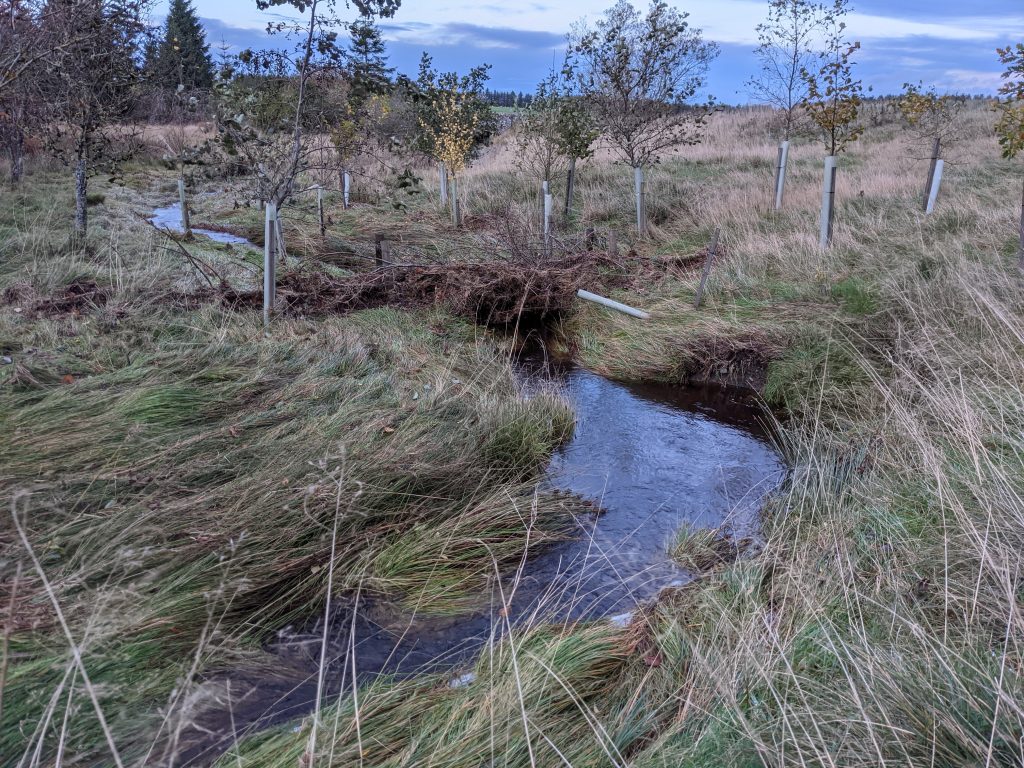As COP27 in Egypt gets ever closer, there is increasing focus on the key issues of loss and damage, adaptation and financing, especially after the recent meeting in Bonn. Financing will be the subject of an upcoming blog on this site, but linking both adaptation and loss and damage to freshwater remains a priority for the Centre. Implementation of the Paris Agreement goals will be the primary focus of COP27 but water is likely to loom large in discussions, given its strategic importance for Egypt.
At the last COP in Glasgow, the Centre tried to draw these issues together, holding an event specifically addressing climate change, adaptation, loss and damage, and water. (“Climate Change and Water: The Missing Agenda at COP26” – details and video of the event are available at https://www.ooskanews.com/story/2021/11/scotland-climate-change-and-water-missing-agenda-climate-conference). The session, held in conjunction with the Scottish Government and UNESCO, was attended by members of the UNESCO Water Family. Although the disciplinary backgrounds of those taking part covered a broad range, the meeting concentrated on ways in which improved governance, rather than scientific advances alone, might help. Governance is a word with multiple meanings depending on context, but we interpreted it to mean the legal, policy and institutional aspects of water. From the COP perspective, water is the key area where the impacts of climate change will be felt, so successful adaptation will depend very much on how effectively water is managed.
Governance approaches to water vary a lot around the world, with solutions often driven by local situations. This is because the impacts of climate change differ depending on location- partly because of climatological reasons, but also in part because the ability of states and communities to respond effectively varies across space and time. This could be because of financial constraints, but it may also be the result of restrictions imposed by state practice elsewhere on international basins. It is difficult for states to be able to compare best practices, so meetings such as this can be useful conduits for communicating across borders and basins. Ensuring governance reflects up-to-date science is critical – the Centre was founded on the principle that the lawyers need to talk to the scientists. The need to better understand and communicate the importance of governance in achieving water security in the context of climate change has been prioritised by UNESCO in its latest water strategy (see the IHP-IX at <https://unesdoc.unesco.org/ark:/48223/pf0000381318>).
In addition to the loss and damage event, the Centre also took part in an event held at the University of Strathclyde with the IWRA, “Water solutions for our changing climate” (again, video of the event can be found at <Water solutions for our changing climate>). The focus of this meeting was on nature-based solutions as a way of adapting to climate change, and comparing practice globally. With the assistance of the Tweed Forum (https://tweedforum.org/), a field trip to the Eddleston Water in the Scottish Borders was organised following this event, allowing participants to see examples of nature based solutions in action. Eddleston Water, a 69 sq km sub-catchment of the Tweed, is the subject of the Scottish Government’s long-running research study on the effectiveness of nature-based solutions to reduce the risk of flooding to downstream communities and improve wildlife habitats. Participants on the bus tour were able to see the Natural Flood Management (NFM) measures that have been installed since 2011 . NFM measures which reduce the impact of the increasing frequency and magnitude of floods driven by climate change include the installation of 135 woody-debris dams, planting of over 330,000 native trees, the re-meandering 3.5km of river and the creation of 38 ponds to temporarily store floodwater and improve biodiversity. This has been accompanied by an extensive and very detailed monitoring programme covering hydrological and ecological impacts, spawning a number of novel empirical and model-based research papers (see for example Black et al, https://onlinelibrary.wiley.com/doi/full/10.1111/jfr3.12717; and Hankin et al, https://www.sciencedirect.com/science/article/pii/S2468312421000080).

There is a great deal of innovation and good practice in adapting to the effects of climate change, but ensuring that this knowledge is openly available, and that governance frameworks are suitably robust and adaptable, is a much bigger challenge.